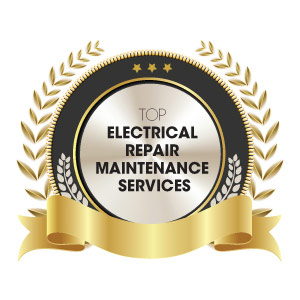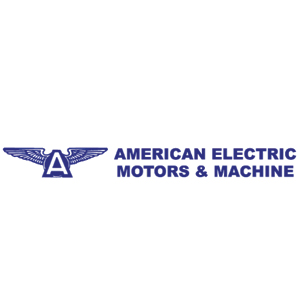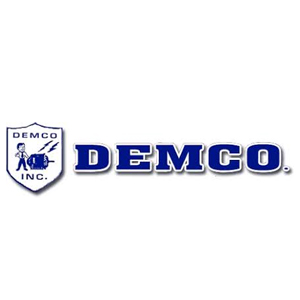Exploring Sustainability in Canada
Wednesday, November 26, 2025
Rapid technology breakthroughs, rising need for sustainable infrastructure, and changing customer expectations in the utilities, industrial, and construction sectors are all having a big impact on Canada's electrical wholesale supply industry. Electrical wholesale wholesalers no longer operate as middlemen, transferring goods from producers to final consumers. They are strategic partners that provide energy-efficient product portfolios, logistics know-how, and digital solutions.
As the Canadian economy transitions toward electrification, renewable energy integration, and innovative infrastructure, the role of electrical wholesalers becomes increasingly vital. Factors such as AI, supply chain resilience, and customer-centric innovation are reshaping the landscape in this dynamic environment.
AI Synergy: Driving Innovation Forward
The rapid urbanization and infrastructure development in provinces have intensified the demand for electrical components. From residential and commercial construction to large-scale energy projects, contractors rely heavily on wholesalers for timely access to quality products. Canada’s commitment to net-zero emissions accelerates the transition to clean energy and electrified systems. This shift necessitates an overhaul of the existing electrical infrastructure and the deployment of new technologies, including electric vehicle charging stations, solar power systems, and energy-efficient lighting.
Electrical wholesalers play a pivotal role in supporting these projects by supplying advanced components and advising clients on sustainable product choices. AI is revolutionizing how electrical wholesalers manage operations, forecast demand, and interact with customers. AI-driven inventory management systems use historical data and real-time market insights to anticipate purchasing trends and prevent stockouts or overstocking. It ensures that wholesalers can meet customer needs while minimizing warehouse inefficiencies.
Customer relationship management platforms enhanced by AI allow wholesalers to provide personalized product recommendations and proactive service. AI can track a contractor’s purchasing patterns and alert them about relevant new products or volume discounts. AI further streamlines logistics and delivery operations. Route optimization algorithms reduce fuel costs and delivery times, while predictive maintenance tools extend the lifespan of transportation fleets and warehouse equipment.
In large distribution centers, AI-powered robotics assist in order picking and packaging, significantly improving efficiency and accuracy. Applications of AI and innovative technology are widespread. Many wholesalers now offer innovative electrical solutions for end-users, such as connected lighting, IoT-enabled circuit breakers, and programmable thermostats. These products require knowledgeable sales teams and technical support, positioning wholesalers as both suppliers and educators in the adoption of intelligent energy solutions.
Navigating Market Dynamics Ahead
The Canadian electrical wholesale market is witnessing several essential trends. The most prominent is the rise of e-commerce and digital self-service. Contractors and builders increasingly prefer to place orders, check stock levels, and manage accounts online. Forward-thinking wholesalers are investing in robust digital platforms with real-time product data, transparent pricing, and integrated procurement tools. Sustainability is shaping the industry. Wholesalers align with the green building initiative and the Canada Green Building Council’s recommendations.
Many are expanding their catalogs to include eco-friendly and energy-efficient products while adopting sustainable practices in their operations, such as using electric delivery vehicles or implementing warehouse energy management systems. The industry faces several challenges. The delays can disrupt project timelines and erode customer confidence. Skilled labor shortages are another critical challenge. As the demand for technical support and advanced product knowledge grows, wholesalers struggle to recruit and retain experienced staff. Many sales and service roles now require familiarity with digital tools and energy systems, in addition to product specifications and pricing.
Companies are adopting various strategic solutions. AI-based supply chain visibility tools help predict delays and identify alternative sources or routes for delivery. Leading wholesalers are investing in employee training programs covering technical product knowledge and digital tools. Partnerships with vocational institutions and apprenticeship programs also help attract new talent. Embracing omnichannel distribution is key to staying competitive. It means integrating online and offline sales experiences to provide consistent service across all touchpoints.
Impact and Market Need
The impact of electrical wholesale suppliers on Canada’s economy and energy transition is significant and cannot be overstated. They form the backbone of countless construction, utility, and industrial projects, ensuring that electricians, engineers, and project managers have the necessary tools to deliver on time and within budget. As Canada invests in EV infrastructure, renewable energy installations, and smart cities, electrical wholesalers will become even more critical facilitators of national progress. Their influence extends into public policy and energy efficiency initiatives.
The future of electrical wholesale supply in Canada is focused on innovative, sustainable, and scalable solutions. Suppliers that utilize artificial intelligence (AI) to enhance operations and customer relationships will thrive. Government incentives, such as those from the Canada Infrastructure Bank, will drive demand for high-performance electrical products, benefiting wholesalers.
Clients now expect real-time access to product data, seamless digital experiences, and flexible delivery options. Integrating Building Information Modeling (BIM) with supplier platforms can enhance project planning by directly linking product data to construction workflows, thereby streamlining the process. Canada’s electrical wholesale industry is poised for transformation through the adoption of AI and responsiveness to market trends. Wholesalers are not just maintaining supply; they are driving innovation and facilitating the green transition.




















